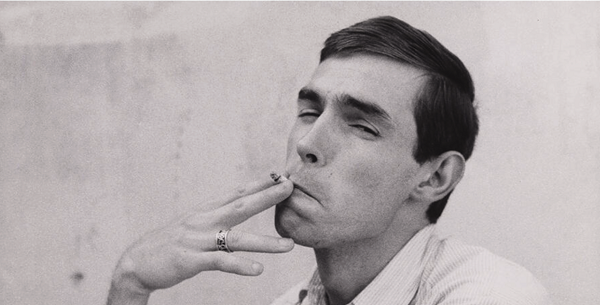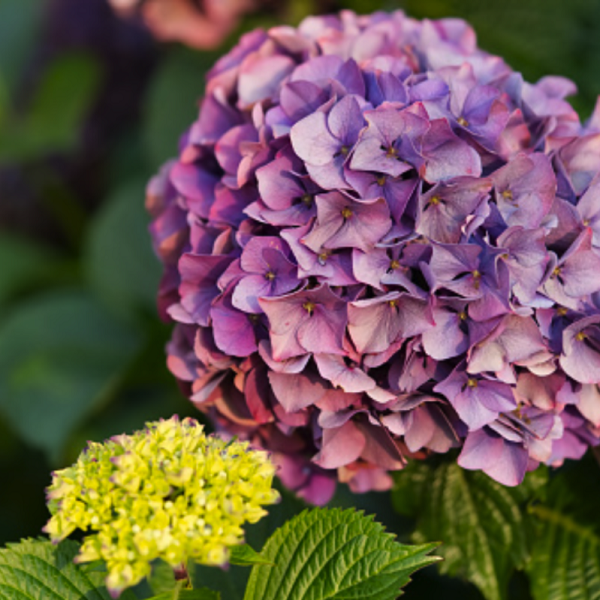THIS WEEK’S MUSE
PETER HUJAR, WRITER

“I can express myself only through photography.”
Peter Hujar was an American photographer who immersed himself into the New York underground art scene of the 1970s and ‘80s. Though he received only marginal public recognition during his lifetime, he has since become recognized as a major figure in late-20th century photography.
Born in 1934, Hujar was raised by Ukrainian immigrant grandparents in Trenton, New Jersey, before moving to live with his mother in New York as a teenager.
After being given a camera in 1947, his early photographic education was experimental trial and error.
But it was an art form he took to, working in commercial photo studios through the 1950s. By his early 20s, he was consistently producing high quality professional work and later worked for GQ and Harper’s Bazaar.
While this “conventional training” was technically very useful, giving Hujar an invaluable apprenticeship, by the mid-1960s his attention was turning towards “darker tones.” He was searching for a rawness and energy that was absent from his commercial world subjects.
Increasingly he worked outside the conventional and accepted scene, seeking out the unfiltered lives of people living in the city’s underbelly.
There was an invisible hierarchy running through the city like seams of coal; the deeper he dug, the closer he got to what he saw as the “perfect subject.” He wanted authenticity and reality and felt he would only find it away from the mainstream.
Gender ambiguity was a common theme Hujar explored, playing with and confronting symbolism and form. He photographed drag performer Ethyl Eichelberger both as a man and a woman, in and out of costume.
Reclining Nude on Couch (1978) is a classic example of his wish to challenge norms and stereotypes and break down barriers of acceptability.
The pose itself suggests a traditional femininity and the shape of the hips indicates it is a female, but on closer inspection the model’s testicles are also visible.
These “stylistic tactics” are what made Hujar’s work complex and challenging, and ultimately—forty years later—successful, but producing work that at the time sat at a “crossroads of beauty and brutality” is also what kept him underground.
His drive to find and capture authenticity and his uncompromising approach to his work and an unwillingness to self-promote means his name is less well known that contemporaries like Robert Mapplethorpe and Diane Arbus.
He came to despise what he considered overly aestheticized compositions of commercial photography and art and increasingly interested in documenting the inhabitants of the underground world he occupied.
Not as novelties, but as people he admired for their bold embrace of a true, authentic identity. ‘My work comes out of my life. The people I photograph are not freaks or curiosities to me. I like people who dare.”
His photography has been described as conveying an extraordinary intimacy, due in part by Hujar’s natural ability to connect with his sitter.
There was “no posing, no putting anything on,” said one subject. “No camping around. Just flat, real who-you-are…You must strip down all the nonsense until you get to the bone.
That’s what Peter wanted and that was his great, great talent and skill.” Perhaps Hujar sums up his work best when he said, “My work comes out of my life.”
HAPPENING
Tuesday, June 20, 10–11am

COFFEE & MOTHER EARTH: HYDRANGEAS
With Priscilla Husband
Tips on planting, pruning, and fertilizing.
Member: $14, Non-member: $16
